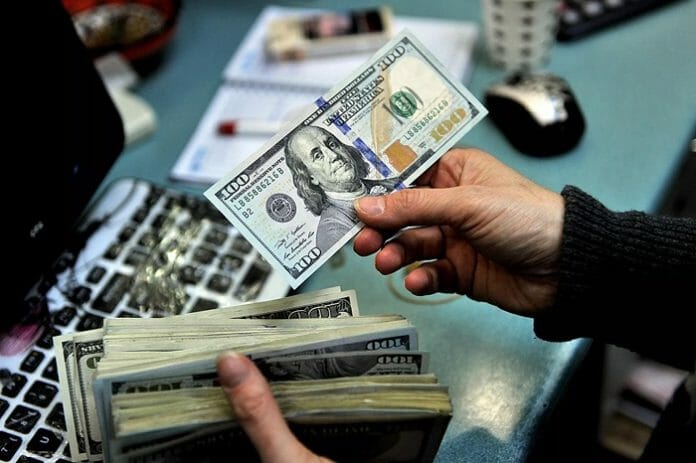Currency traders believe that there’s an overestimation of Fed rate cuts for this year, implying that a lot of negative factors are already accounted for in the USD’s price.
Looking at historical data, a review of average FX performance during all Fed easing cycles since 1980 reveals a pattern. While any USD weakness linked to Federal Reserve actions tends to be widespread, it mainly happens just before the initial rate cut. Additionally, my observations show that USD losses tend to reverse in the months following the start of the easing cycle. On average, during this period, the Japanese Yen (JPY), Australian Dollar (AUD), and Gold (XAU) perform well, while the Canadian Dollar (CAD) and British Pound (GBP) lag.
I expect the USD to face downward pressure when the Federal Reserve begins its easing cycle in the summer. Looking ahead to the upcoming week, while the Federal Reserve is expected to keep policy rates steady, investors will be watching for any signals indicating the easing cycle is about to begin.
We doubt that the updated policy statement and/or Jerome Powell’s press conference will match the dovish expectations in the market, possibly leading investors to scale back their expectations of rate cuts.
Additionally, focus on the coming week will be on the latest US Non-Farm Payrolls and ISM data. The USD’s response will depend on the direction of US rates markets based on this economic data. Anticipating the February Bank of England (BoE) policy meeting, market pricing currently indicates expectations for more than three rate cuts in 2024. This suggests a relatively dovish policy outlook. We think that the updated economic forecasts, policy statement, and the Monetary Policy Committee (MPC) voting split could prompt investors to reconsider their perspectives.
Shifting attention to other global currencies, the Euro (EUR) may remain vulnerable following a more dovish-than-expected European Central Bank (ECB) meeting. This vulnerability is expected to persist leading up to the release of January Eurozone inflation data. The Australian Dollar (AUD) faces a pivotal event with the release of Australian Consumer Price Index (CPI) data, influencing the outcome of the Reserve Bank of Australia’s (RBA) February meeting.
Market commentary and analysis from Luca Santos, currency analyst ACY Securities









